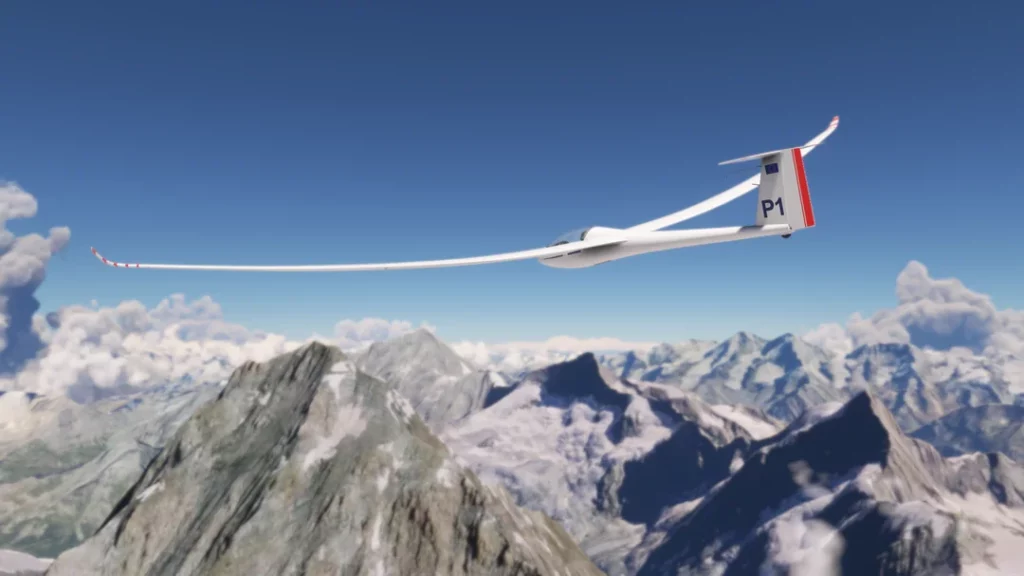Gliders are often overlooked, for a good reason. They are seen as leisure technology, requiring another aircraft to pull it into the skies. But can gliders be used in promoting sustainable aircraft? It’s possible.
First, here’s a brief explanation of how a glider remains afloat: its long wings give it ample lift, while its pilot seeks out areas with wind and thermals. You can see a glaring problem with the idea already: commercial jets don’t have extremely long wings, and due to their weight, these thermals won’t really help that much. So, it seems that our dreams of using gliders in some aspects of commercial flights are done. But actually, they can be used quite effectively, albeit in short phases.
When an aircraft goes on final descent, it usually turns on “idle” mode on its engines, meaning the engines still spin (at quite a fast rate), but it actually doesn’t produce any thrust. However, using a shallower descent pathway, we can turn the engines off, thereby cutting fuel emissions drastically in one of the most polluting phases of flight. For electricity, we can use a RAM air turbine. The reason this has not been implemented yet is due to the money and labour that would need to be spent rewriting approach pathways.
To create sustainable change, we must look from all angles. And we must also look at the overlooked. Gliders may never have commercial success, but that doesn’t mean we can’t glide into the future with better routing.
